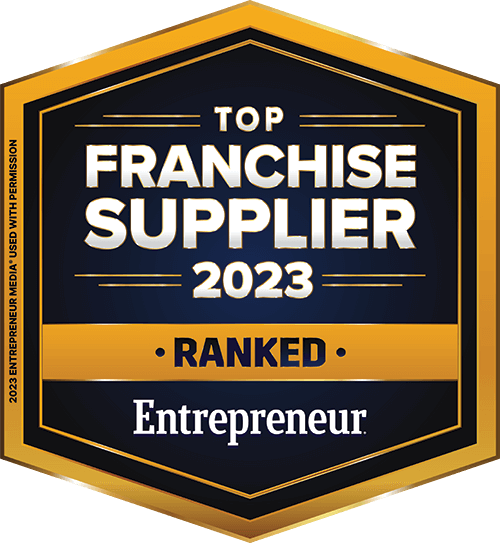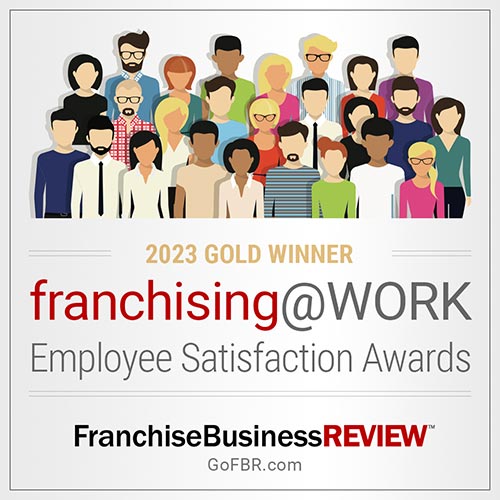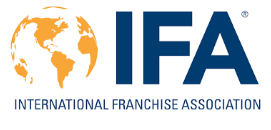Multi-platform marketing is a vital component of consumer advertising for franchises. It is also incredibly challenging for your teams to implement successfully. The ever-changing nature of existing platforms, as well as the addition of new platforms, means that your team must be well-versed in a wide variety of media. They’ll need to know the specific details and nuances of each. You must have enough creative assets to reach your target audience. You must also structure your budget in a way that supports both the media buying and the development of strong creative that will resonate with your consumers.
Beef Up Your Budget
So, let’s address the elephant in the room: budget. Multi-platform marketing, while necessary in today’s environment, is not cheap. Gone are the days of simply advertising in print, on radio and television. It’s not just that media buying is more expensive due to the increased number of platforms. It’s also because you also must customize creative assets for each platform.
In building your budget, take into account the amount you will spend on media as well as creative asset development. Your competitors are increasing their marketing budgets annually, and to stay competitive, so should you. If you are operating on a more limited budget, then identify the platform(s) that will be most effective in reaching your target audience and focus your efforts and dollars there.
Creative Asset Development
The most challenging part of multi-platform marketing is having enough creative assets for differing platforms and a varied target audience based on those platforms. Different platforms are used by different demographics. Your team should know who uses what and adjust your creative assets accordingly. While you want to keep your brand voice consistent, you also have to be nimble. Your brand needs to flexible enough to adapt its voice to each platform and target audience. You need the right voice for the right people. The creative and messaging must match the platform and audience – which means that you need a lot of creative. We have one client that is averaging more than 600 creative assets quarterly.
The sheer variety of assets needed will likely require an adjustment of your budget. You also need to consider your company’s growth plan. If you are currently only in the U.S., but hope to expand throughout North America, then you will need versions of each asset in multiple languages.
Freedom for Franchisees
One of the benefits of multi-platform marketing is that franchisees can create some assets to drive excitement about your brand. The question then becomes, “How much freedom do you give franchisees to post videos, tweets, photos, etc., on their own?” This is a question only you can answer. You have to decide how tightly you want to control your brand. Some executives will see the benefit in allowing franchisees to create things like videos that have the potential to go viral, while others see greater value in more closely controlling the content that is shared.
If you are a bit more conservative, as part of your creative development you might supply a bank of assets to be shared by all franchisees. This would give you a bit more control over brand voice and consistent messaging, but also give your franchisees a little freedom to use what they think is best for their local consumers. Whichever side of the fence you fall on, the key is good communication between corporate and local franchises.
Set Your Team Up for Multi-Platform Marketing Success
While this can sound a bit overwhelming, we have seen with our clients that a strategic, multi-platform marketing approach is the most effective way to reach the right consumers. Keep in mind that you have to find the balance between media buying and developing engaging and exciting creative that will build a connection with your audience. Having a strong media presence will keep you relevant and top of mind with your consumers. At the end of the day, you have to give your teams what they need to reach the goals you have set for the company.










